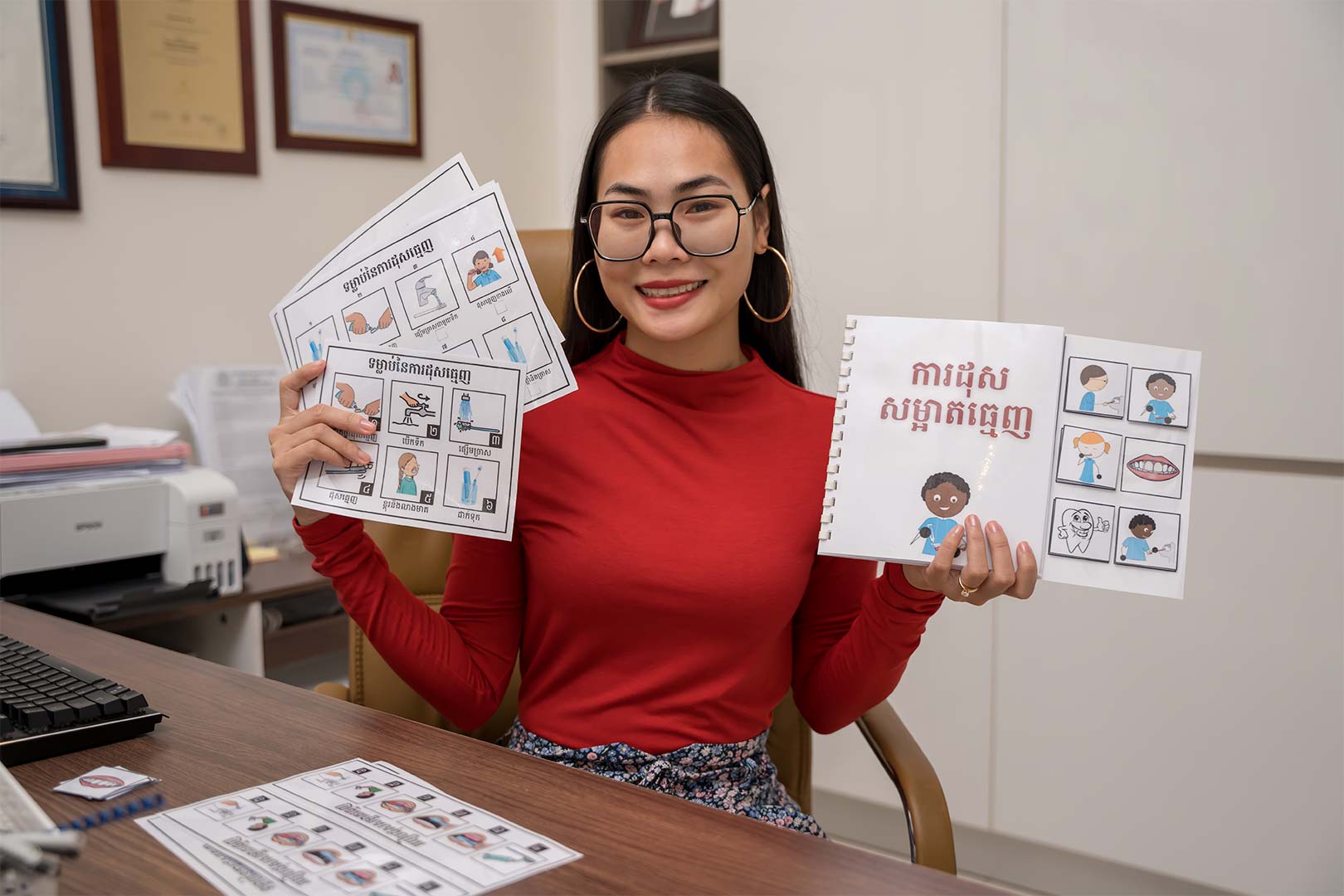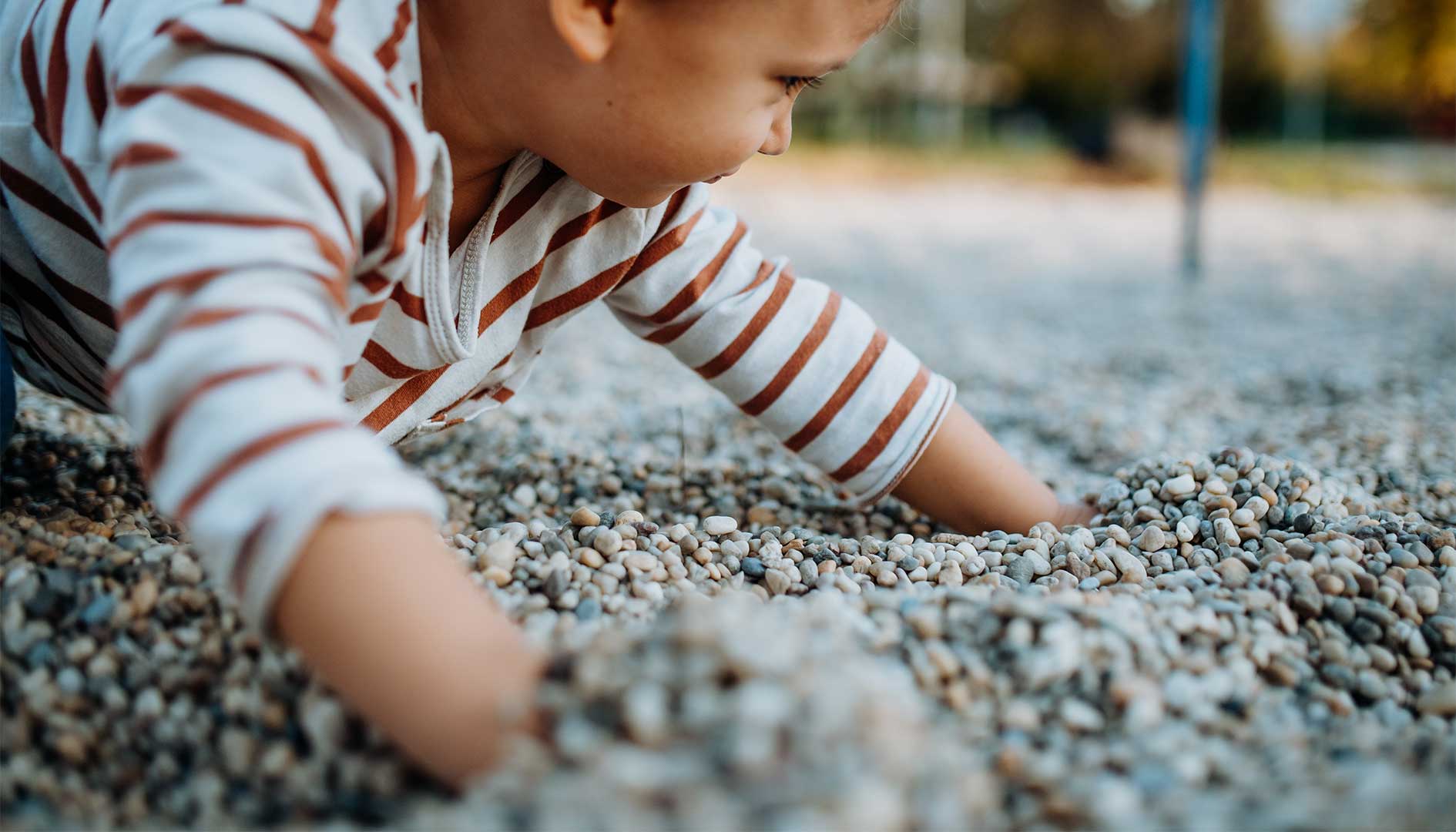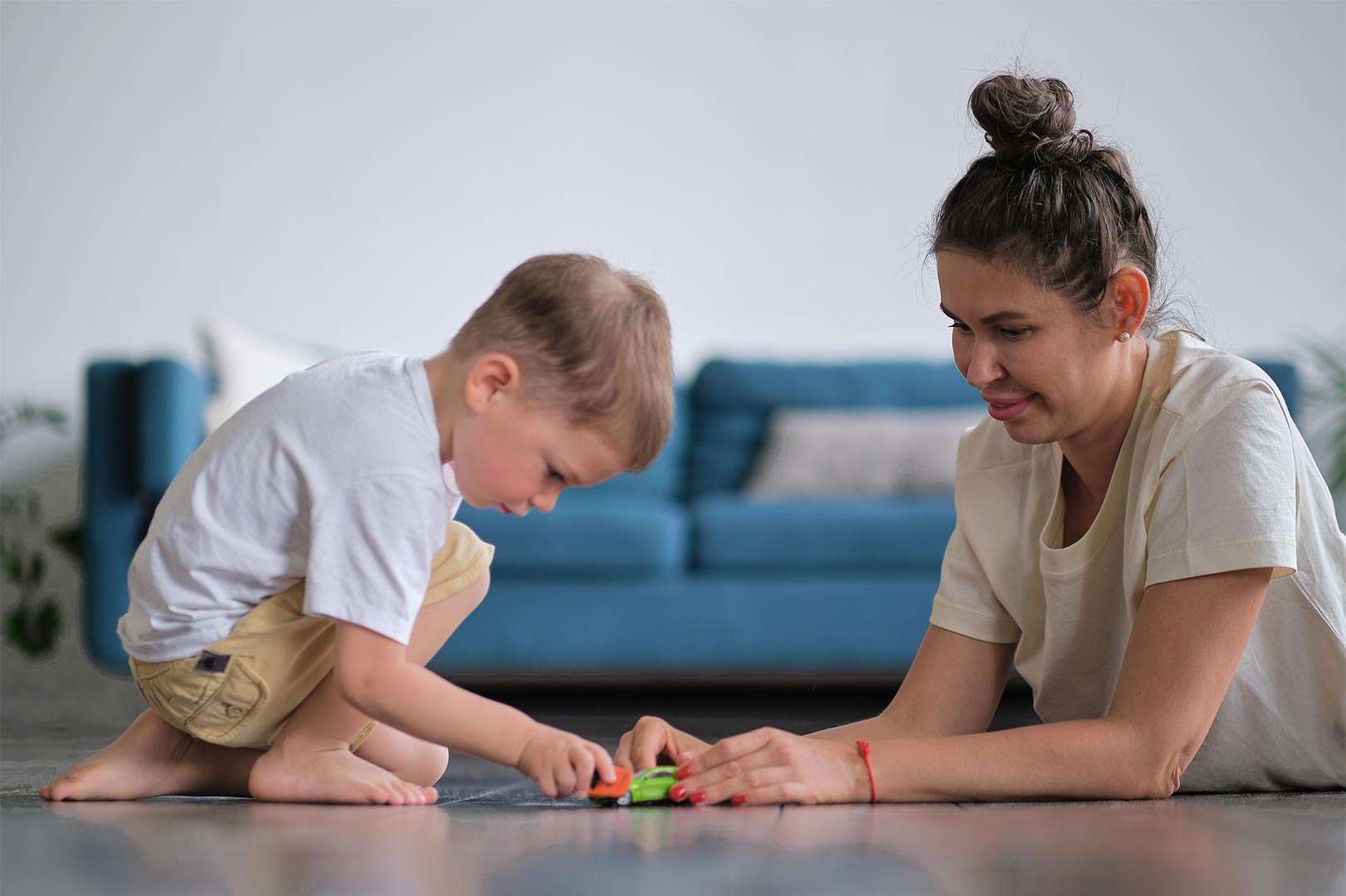Promoting personal hygiene and independent living skills is crucial for all students, especially those with diverse needs. Showering, while seemingly routine for some, can present unique challenges for individuals with physical, sensory, or cognitive differences. Implementing effective teaching strategies in a supportive environment can empower these students to navigate personal hygiene tasks with confidence and self-reliance.
Understanding Diverse Needs:
The first step involves recognizing the varied challenges students might face. Sensory sensitivities to water temperature, soap textures, or shower sounds may be present. Difficulty with fine motor skills could hinder tasks like turning faucets, applying soap, or rinsing hair. Cognitive limitations might necessitate breaking down the showering process into smaller, manageable steps with visual cues or prompts.
Creating a Supportive Environment:
Accessibility is key. Ensuring grab bars, shower chairs, and non-slip mats are readily available fosters safety and independence. Adjustable showerheads and temperature controls cater to individual preferences and sensory sensitivities. Visual schedules or picture books outlining the showering sequence can provide clear guidance and reduce anxiety.
Breaking Down the Steps:
Task analysis, dividing the showering process into its individual components, is a valuable teaching tool. Each step, from undressing and adjusting water temperature to washing specific body parts and drying off, can be practiced separately before integrating them into a complete routine. Positive reinforcement and verbal prompts throughout the process encourage continued progress.
Adaptive Tools and Strategies:
Various tools and strategies can enhance the showering experience for students with diverse needs. Soap dispensers with easy-to-grip handles, long-handled sponges or washcloths, and shampoo caps can simplify tasks. Utilizing timers for each step provides structure and promotes independent completion. Incorporating playful elements like bath toys or waterproof music can transform showering into a more enjoyable experience.
Collaboration and Communication:
Open communication with parents, caregivers, and therapists is essential. Sharing observations, progress updates, and challenges faced allows for collaborative adjustments in teaching strategies and ensures consistency in the student’s learning environment.
Promoting Independence and Confidence:
Mastering showering skills goes beyond personal hygiene. It fosters a sense of independence, builds self-confidence, and contributes to overall well-being. By implementing tailored teaching strategies in a supportive environment, educators and caregivers can empower students with diverse needs to navigate showering with confidence and autonomy, paving the way for greater independence in their daily lives.





Leave A Comment